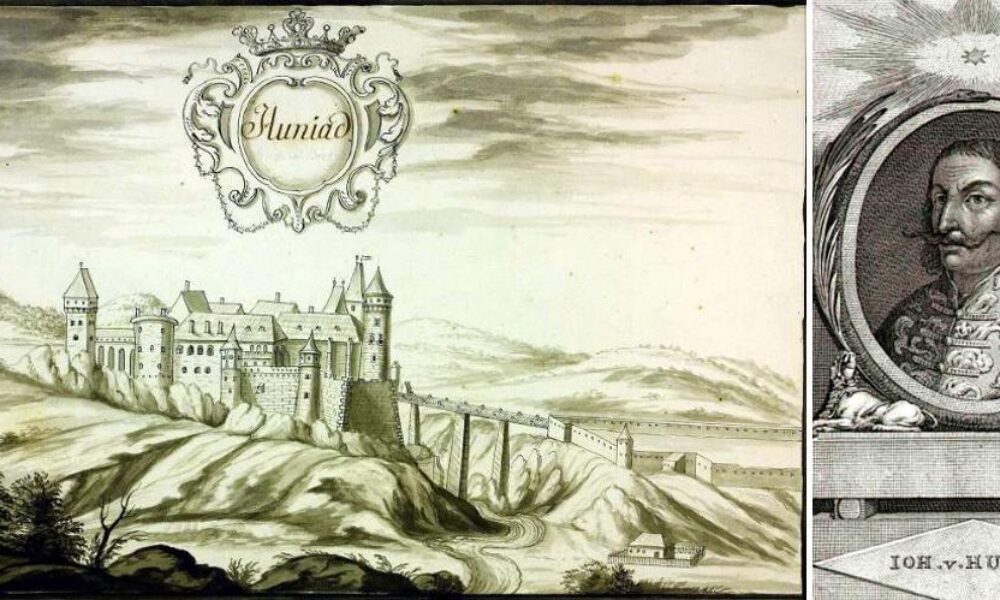Salto de Castro, the abandoned people of Zamora who built Iberdrola and that an American wants to become a tourist complex | News from Madrid
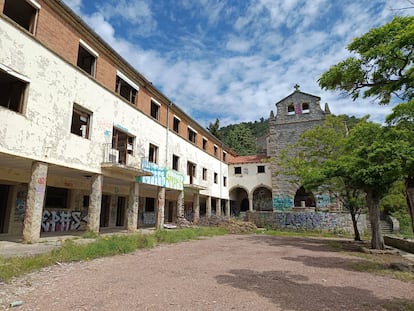
Walking (very carefully) inside the abandoned buildings of Salto de Castro causes a mixture of fear and hallucination. It is hard to imagine children crossing those doors now naked. Running through the « paradise », as defined by Ángel Encinas, who spent some of his first years of life. Degradation and vandalism have done a lot of dent in this idyllic place that marks the boundary between Spain and Portugal, wherever THE RIBERA ARROYO AND THE DURO RIVER.
The reality is that there are no children or voices. No life. The only soundtrack is that of bees and moscards in imperfect crucible with the song of the birds. Although perhaps all this changes, and other children, as Encinas once again took the joy to these walls. It is the purpose of Jason Lee Beckwith, an American who has bought the town for $ 310,000 and who intends to turn it into a tourist complex.
In conversation with El País, Lee says that, after his third heart attack, he decided to leave his job in a printing press (the one who had developed a lifetime) to open a hostel. Five years later he sold it and took a sabbatical year. Subsequently, his wife and he decided to open another and that was when he found « El Paraíso » (he also uses that term) in Zamora. He has an apartment in the final capital of 2025 hopes to live full time on the banks of the Duero. « I don’t bring California to Zamora, I leave her behind and my life will be in Spain, » he says.
For sale in idealist
Castro Salto, indicate at work The historical archive of Iberdrola and the electricity industry in Spain, It was built by Iberduero (now Iberdrola) in 1946 and began producing energy in 1952. It is part of the Hispania Nostra Red Listin which they explain that it was created “in order to provide a home and a series of services to the families of the workers who worked in the construction of the Castro dam”: “After the transfer of the existing civil guard post in the town, as well as the workers themselves who remained there in 1989 and who continued working in the dam, the town was abandoned”.
Before being owned by Lee, Salto de Castro went through other hands. In the early 2000s, they detail in idealist – where it was announced – a family bought it from Iberdrola. They also wanted to turn it into a space for tourism, but « their plans were truncated with the 2008 crisis. »
In the real estate portal they detail that the people have 44 homes, of which five are independent. There is also a bar, a church and a school with several classrooms, as well as a hospitality with project to run 14 rooms, with living room and laundry. In addition to an old Civil Guard barracks, a pool and sports areas.
The reality is that it currently costs to distinguish these infrastructure. The « savagery », an expression that Angel Encinas (son of the civil guard destined in Salto de Castro) uses, has multiplied the natural deterioration fruit of time. Already adult, and member of Ecologists Zamora (who separated years ago from Ecologists in Action Castilla y León), remember that this was his first school. He is hopeful in his recovery, since « it is very well built, with very resistant materials. »
The former owners estimated in two million euros the money that would have to be investigated for rehabilitation. Lee goes further: between four and seven million dollars, although he asserts that he will have a much more detailed budget after summer.

A place to enjoy, regardless of the budget
What the owner has in mind is to make a large holiday complex (hotel/hostel) and long -term rentals for those who wish to live full time there. In the Church, apart from religious services, it aims to organize special events such as weddings or concerts. Trust to have the first operational phase in two years. This will consist of the main building, which will house the first group of accommodation, as well as a several level restaurant, a space for sellers and the church. A welcome center, the pool/recreational area and the barbecue and picnic area will also be included.
Lee clarifies that the Tourist Complex of Salto de Castro that he draws in his head « will be a place that everyone can enjoy, regardless of their budget. » And it will not be closed: « I will make it possible for the people in the area to bring their families to swim in the pool and make a picnic. Everyone will be welcome in my villa, » he emphasizes.
There are two basilar elements for the future of the project: the pecuniary and the environment. Regarding the first, the owner affirms that he is looking for investors around the world and that they will request subsidies. “Both the Government of Spain and the European Union have pledged to help and motivate people to repopulate the Spain deserted”, He says in a kind of call for attention to administrations.
In the Natural Arribes del Duero Park
Salto de Castro is in the Natural Park Arribes del Duero And it is also a natural environment protected by UNESCO. The owner knows that he must overcome several filters to carry out his complex. For now, as Sergio López, mayor of Fonfría (municipal term to which he belongs) informs, there has been no formal request, although he has met with a group of architects in Madrid with which he talked about licenses, infrastructure, etc.
The mayor receives with « expectation, illusion and open arms » the project, but is also aware that it is not easy and that previous attempts stayed at all. López points out that « the site is a pass » and that the option to give it a tourist exit is « the most viable. »
He also sees it with good eyes, as long as it is to make a « slow, sustainable tourism, and, of course, with the limitations imposed by the fact of being a natural park. »
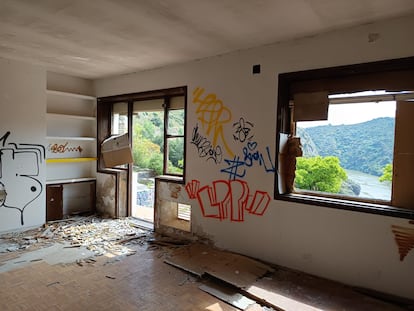
They do not perceive it in the same way in their exorganization. From Ecologists in Action Castilla y León, they point out that it is a space that is part of the Natura 2000 Network and that “the installation of a tourist complex would be contrary to the conservation objectives of the place”. They consider that tourism, “as the only activity is not the solution to boost rural nuclei: It will not create social cohesion, or integration, nor will set population. ”
In the opinion of this group, « it would be necessary to invest in the population of the urban nuclei that already exist and not to create redoubts for a tourism that will generate conditions, while the bulk of the economic benefits will basically be directed to its owners. » And what is your proposal to prevent degradation from being total? « It could be the possibility of conserving that settlement if it was a property and public management, used as a tourist resource to visit, without the possibility of overnight and the most logical thing would be that it was from the municipality of Fonfría, » says the environmental organization.

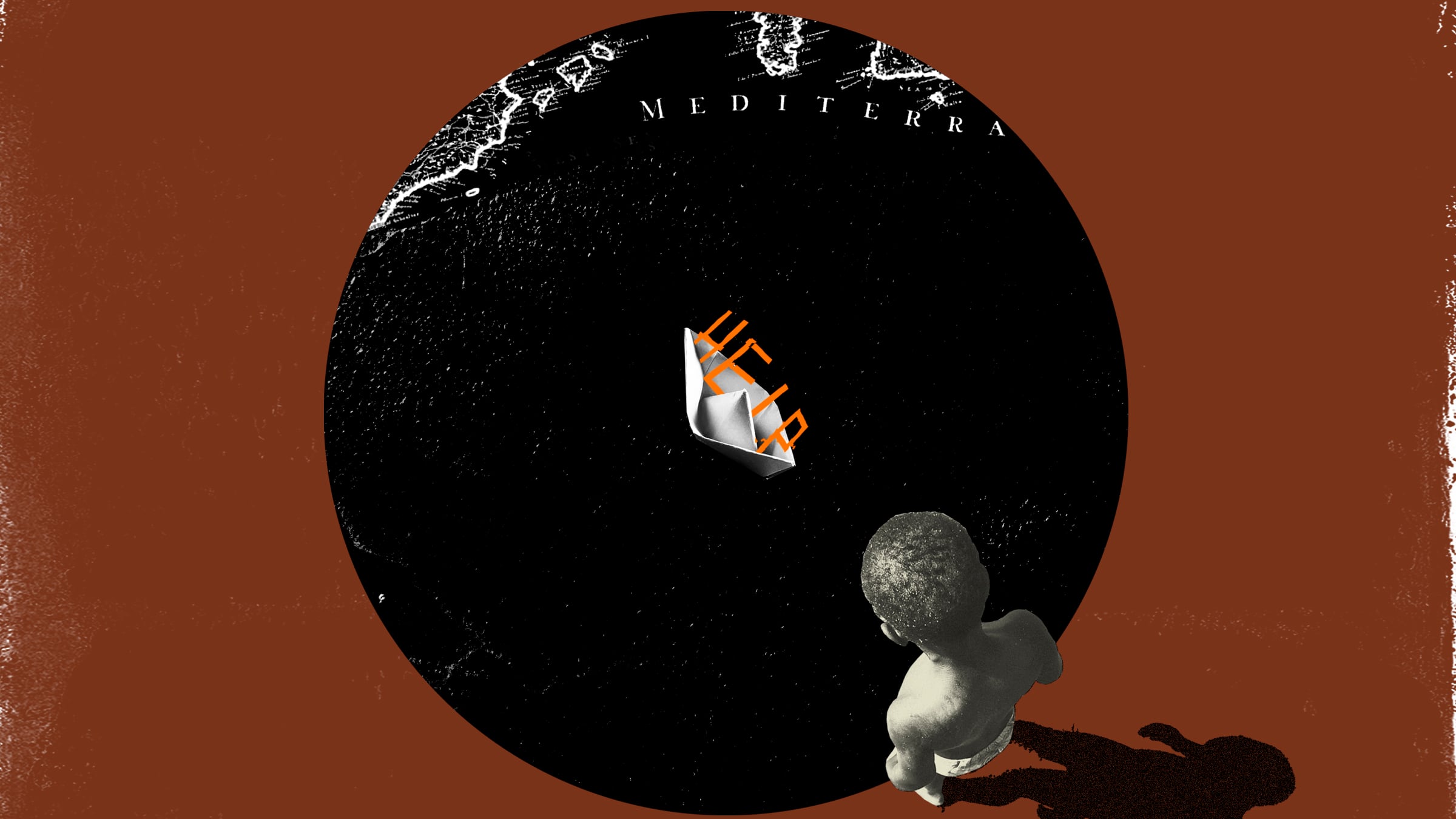

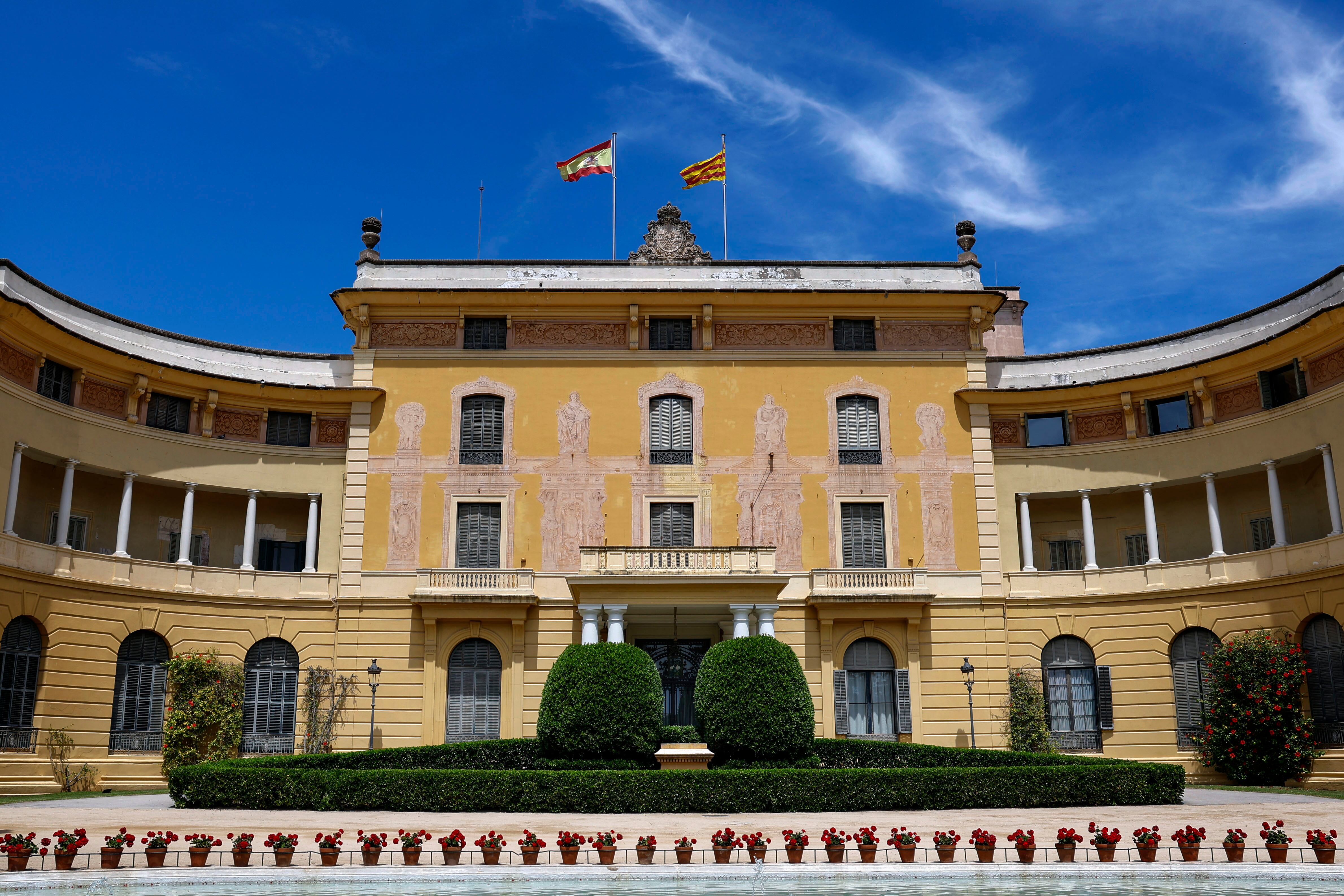
:format(webp)/s3/static.nrc.nl/images/gn4/stripped/data132134012-36b090.jpg)

